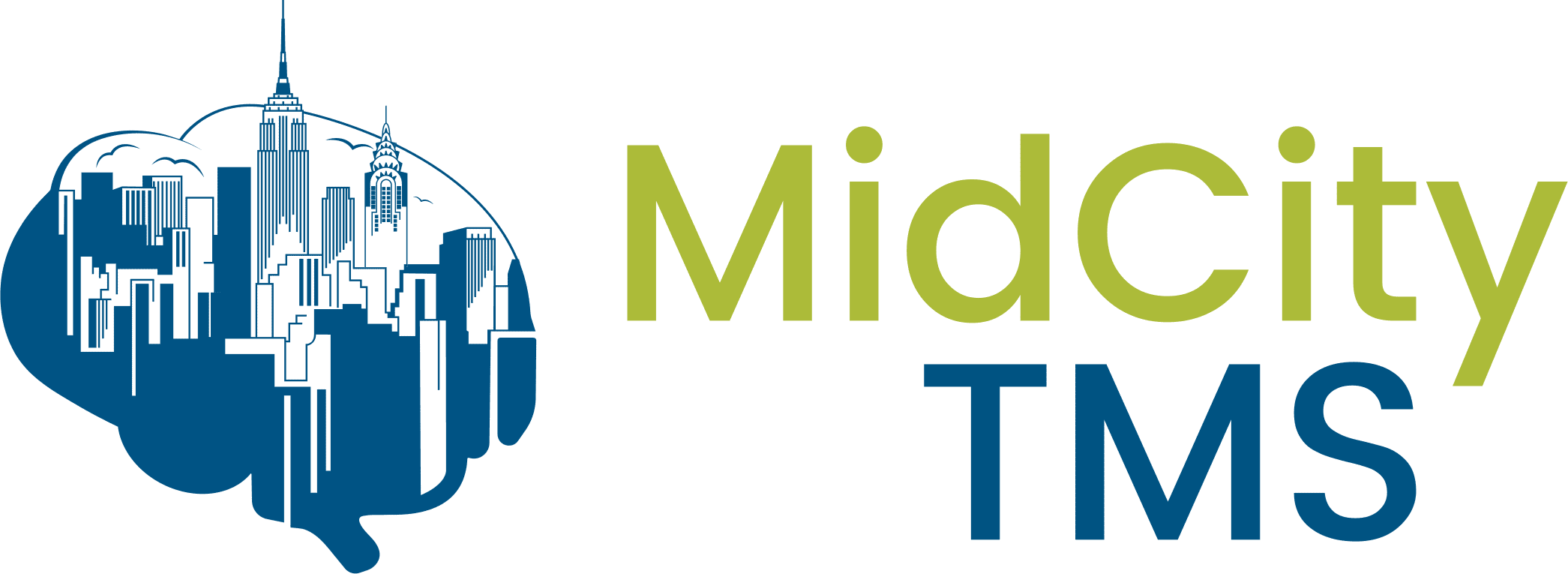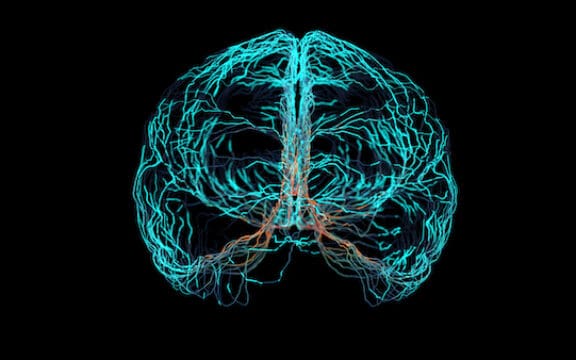Who takes antidepressants and is the use of antidepressants in the United States increasing, decreasing, or staying about the same? What about when we look at specific groups of people–who is more likely to have recently used antidepressant medications? To answer this question, the recent National Health and Nutrition Examination Survey published by the CDC’s National Center for Health Statistics provides some interesting findings. Let’s break down these findings, published in 2020, to understand antidepressant use in the United States from 2015 – 2018.
Important Information from the National Health and Nutrition Examination Survey About Who Takes Antidepressants and At What Rate
The CDC survey centered around asking people whether they had taken antidepressant medications within the past 30 days. The results of this survey provide a clearer understanding of who the people who use antidepressants are, using metrics such as age, gender, ethnicity, and educational level. This in turn may help to improve depression treatment, as it can assist prescribers to understand who they are and are not reaching. Here are some data points of particular note.
“During 2015–2018, 13.2% of adults aged 18 and over used antidepressant medications in the past 30 days.”
“Antidepressant use increased with age, overall and in both sexes—use was highest among women aged 60 and over (24.3%).”
What do we know about age and depression? Elderly people are more likely to experience depression than younger people. Importantly, older individuals with depression may fall into two major categories: those who have had depression since they were younger, and those who have recently developed depression, perhaps secondary to another medical issue. These differences can shape the treatment approach that is best for a given patient’s situation, so it is important to ask questions to determine whether this is early-onset or late-onset depression. For elderly patients, awareness of antidepressant long term risks is crucial, as prolonged use may interact with age-related changes in health and medication tolerance.
“During 2015–2018 [antidepressant medication use in the past 30 days] was higher among women (17.7%) than men (8.4%).”
“From 2009–2010 through 2017–2018, the percentage of adults who used antidepressants increased among women, but not men.”
These findings indicate that antidepressant medication use is more common among women than men, and that there is an upward trend in the use of antidepressants among women but not among men. This may be consistent with the fact men are generally less likely to seek treatment for mental health concerns such as depression. However, there are additional factors besides a reluctance to report symptoms that may contribute to higher rates of depression in women versus men, which could also be related to the higher and increasing use of antidepressant medication. For example, hormonal fluctuations related to childbearing years and to menopause, may impact some women’s vulnerability to depression compared to some men.
“Antidepressant use was higher among non-Hispanic white (16.6%) adults compared with non-Hispanic black (7.8%), Hispanic (6.5%), and non-Hispanic Asian (2.8%) adults.”
Cultural factors can impact the availability of antidepressant medications to different communities. According to the National Alliance on Mental Illness, among the factors that can impact access to mental health treatment are stigma within a community and a lack of cultural competence among providers. It is important to remember that lower antidepressant use is not necessarily indicative of a lower prevalence of depression within a community. Understanding to what extent antidepressants are used is just one piece of the puzzle that also includes whether patients are reporting their symptoms and whether their providers are listening and providing appropriate treatment.
“Antidepressant medication use was higher for adults with at least some college education (14.3%) compared with those with a high school education (11.5%) or less (11.4%).”
The higher prevalence of antidepressant use among those with a higher level of education is an interesting finding. This positive correlation between education level and antidepressant medication use potentially conflicts with other studies, from other countries, which have found that women with higher education levels were less likely to receive antidepressant medication and people with higher education levels may be less likely to experience depression. Further research in this area will continue to enhance providers’ ability to effectively treat depression in patients at all education levels.
If Antidepressants Alone Are Not Sufficient to Manage Your Depressive Symptoms, TMS May Be A Good Treatment Option For You
No matter who takes antidepressants right now, they need to be aware that these medications are just one approach to treating depressive symptoms. Like antidepressant medications, Transcranial Magnetic Stimulation (TMS) is an empirically supported treatment for depression. If you have taken antidepressant medications and found them to be ineffective or only partially effective, TMS may provide a new option for your treatment, either alone or in addition to other approaches such as antidepressant medications. Contact Mid City TMS to learn more and to find out whether TMS may be right for you.































